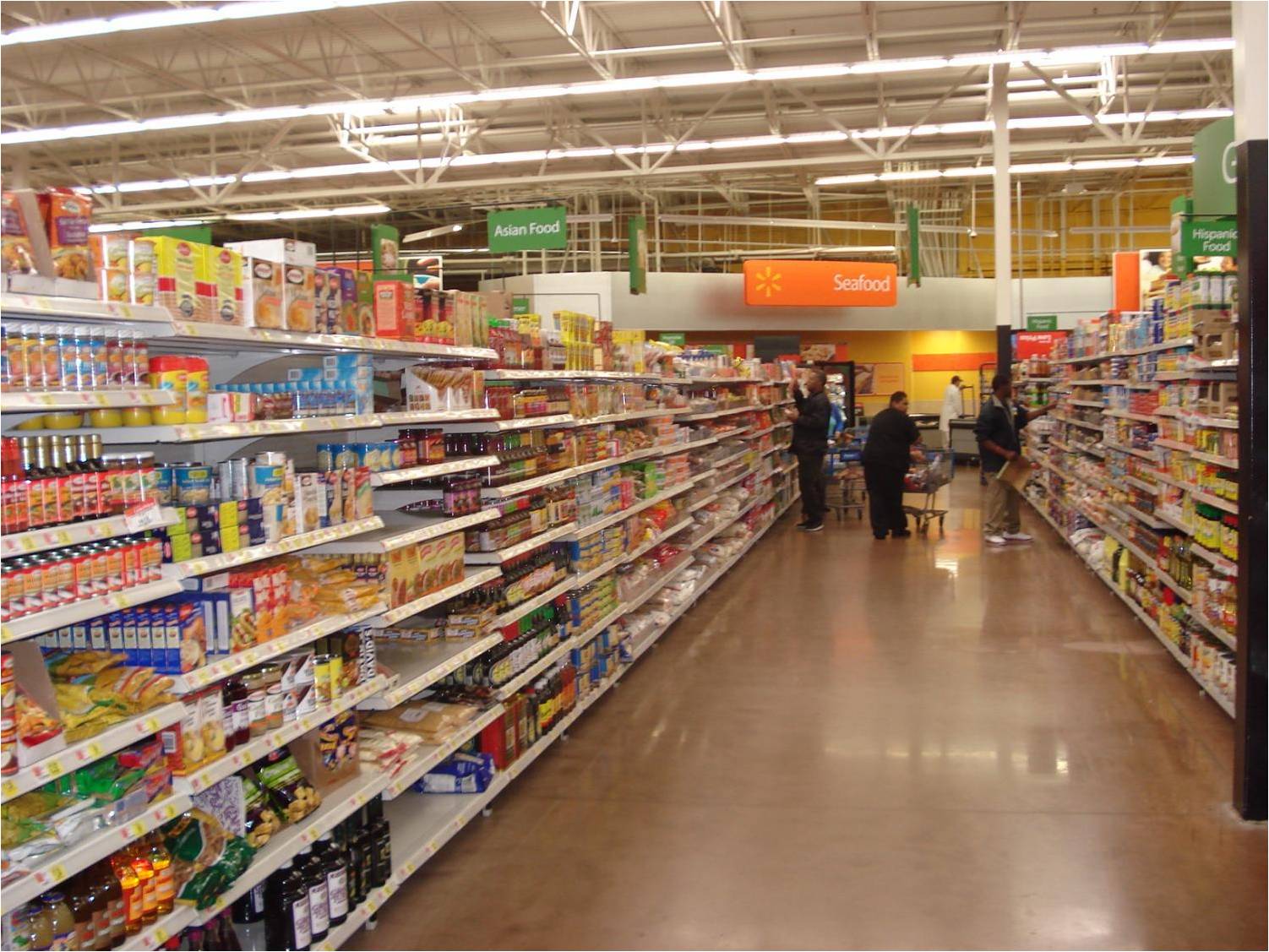The architecture of information:
Priya Krishna, writing for the New York Times:
Chitra Agrawal, the founder of Brooklyn Delhi, has spent many hours thinking about where in the grocery store her Indian condiments might sell the best.
Positioning her premade sauces alongside pasta sauce, she imagined, might encourage spaghetti lovers to make Indian food. On the other hand, she could be setting her products up for removal from the aisle, as they probably wouldn’t sell as well as pasta sauce. Then there’s her mango chutney, which is essentially a fruit condiment. Would placing it among other jams and jellies make sense, or confuse shoppers?
The spot where her products have found the most success is the so-called ethnic or international aisle, the global smorgasbord that has long been a fixture of American groceries — wide-ranging, yet somehow detached from the rest of the store.
As my friend Steve Portigal pointed out, this story about grocery store ethnic aisles — an “international hodgepodge [that] strikes many shoppers and food purveyors as antiquated” — is about information architecture.
An online store can present offerings using several different taxonomies simultaneously. For example, Agrawal’s products can appear under both Sauces and Asian foods. That doesn’t work in a physical store, which has limited shelf space.
Retailers want to put products where customers will find them, and physical shelves force retailers to choose a taxonomy. Mainstream items in Western supermarkets (e.g., milk) are easier to find if categorized by food type (e.g., diary), whereas more niche items (e.g., fish sauce) might be more findable if grouped by a more specific criterion (e.g., ethnic provenance.)
The NYT article seems to presume “Ethnic” is an anachronistic, undesirable category. But as some of the people cited in the story point out, the case against the ethnic aisle isn’t clear cut.
Hansen Shieh, 36, who runs the noodle soup company One Culture Foods, said he knows his goods would probably sell better in the soup section, but he preferred to go with the ethnic aisle. “What I was willing to make that trade-off for was for a shopper who more intentionally had the desire to find something in that realm, that Asian product realm,” he said.
He doesn’t want his soups to become the next hummus — widely known but often divorced from its cultural background.
Moreover, eliminating the ethnic category raises the challenge of where to put niche items that don’t fit easily in conventional Western grocery store categories.
Redesigning a store without an ethnic aisle can introduce new challenges, as the employees of Providore Fine Foods in Portland, Ore., found out last year. “Very quickly you start to see just how limiting the current conventions are,” said Patrick Leonard, a buyer and manager. It wasn’t clear, for instance, where ingredients like tamarind, preserved cabbage or pomegranate molasses might live.
As with so many things IA, the “right” answer calls for compromises that won’t please everyone. It will also be different for stores in communities with different ethnic mixes.
Where I live, there’s a grocery chain called Cardenas that primarily serves our neighbors of Mexican descent. As a Latino, I recognize many of the products on Cardenas’s shelves – but not all. Mexican culture is different enough from my culture of origin to surface some unfamiliar distinctions.
For someone with a completely different cultural background (e.g., Northern European), these differences would likely seem minor. I might have an easier time than these folks navigating a Cardenas store, but I’ll probably struggle as much as someone from Sweden when locating at least some items.
(I wonder if Cardenas stores feature the equivalent of an ethnic aisle. An IA research field trip is in order!)
I don’t have expertise in grocery retail, but I suspect there’s no universal answer to the ethnic aisle question. The physical shelf constraint remains. Some products will always have more mainstream appeal than others, and that appeal will differ based on the ethnic composition of the store’s clientele.
The IA cliché applies here: the answer is “it depends.” Discussing those dependencies requires comfort with ambiguity and dealing with sensitive cultural issues. Given the realities of physical retail, I suspect the ethnic aisle — or perhaps a variation with a less contentious label — will be with us for a while longer.
Why Do American Grocery Stores Still Have an Ethnic Aisle? - The New York Times
